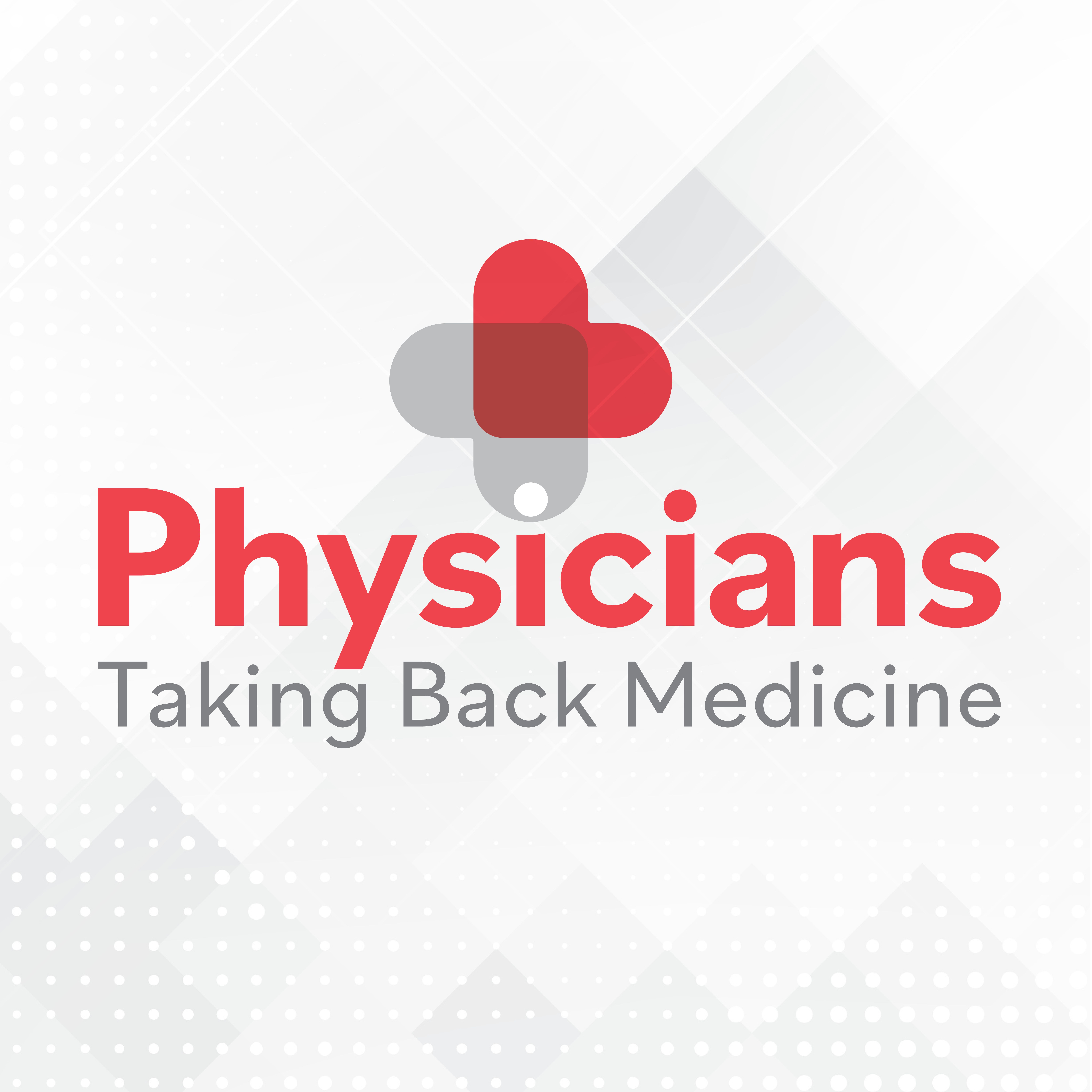Article
Telemedicine: Internet video conferencing more effective than telephone consultation, study says
Internet audio and video consultations between doctors and stroke patients proved so much more effective than telephone calls that a study comparing the two was prematurely halted.
Internet audio and video consultations between doctors and stroke patients proved so much more effective than telephone calls that a study comparing the two was prematurely halted.
Correct treatment decisions were made in 98 percent of so-called telemedicine (real-time, two-way audio, video and digital imaging communications) consultations, compared with 82 percent of telephone consultations, according to a study published in the British journal Lancet Neurology.
The authors report that stroke telemedicine consultations result in more-accurate decision making compared with telephone consultations and can serve as a model for the effectiveness of telemedicine in other medical specialties. The study could have important implications for rural doctors and those who practice in remote locations.
The investigators assessed 222 patients with symptoms of "acute stroke" being treated at one of four treatment sites in California during a three-year period ending in 2007. During the "vital, three-hour treatment window that follows a stroke," half of the patients were randomly assigned to telemedicine or telephone consultations to determine whether their conditions were suitable for drugs that help dissolve blood clots.
Later, the decision about whether it had been appropriate to give patients the anti-clotting drugs was assessed through a "stringent, multi-level central adjudication." More patients in the telemedicine group, 31 percent, were given the drugs than in the telephone group, 25 percent, but the authors say that wasn't statistically significant. After three months there was no difference in rates of stroke recurrence or mortality, but the authors suggest that could be because the trial didn't study enough patients.
The study was led by Brett C. Meyer, MD, co-director of the University of California San Diego Medical Center Stroke Center. It was funded by the National Institutes of Health.





